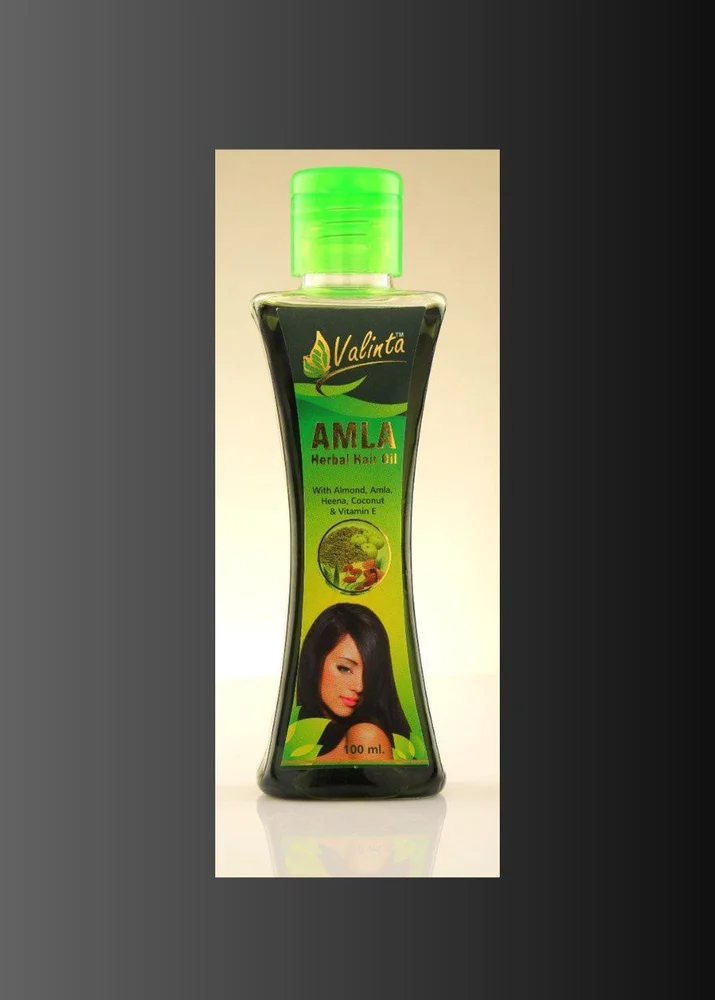Eco Friendly products, Natural Hair Care, Natural Personal Care
Amla Hair Oil
₹20.0
| Packaging Size |
100 mL
|
| Hair Oil Type |
Hair Growth
|
| Organic |
Yes
|
| Packaging Type |
Bottle
|
| Brand |
amla hair oil viko
|
| Fragrance |
Amla
|
| Shelf Life |
24 months
|
| Third Party Manufacturing |
Yes
|
| Country of Origin |
Made in India
|
| Availability |
In Stock
|
| Packaging Size |
100 mL
|
| Hair Oil Type |
Hair Growth
|
| Organic |
Yes
|
| Packaging Type |
Bottle
|
| Brand |
amla hair oil viko
|
| Fragrance |
Amla
|
| Shelf Life |
24 months
|
| Third Party Manufacturing |
Yes
|
| Country of Origin |
Made in India
|
| Availability |
In Stock
|
viko life amla hair oil bluk quntiy order price 20/-only
all types hair oil ,baby oil, hair serum
You must be logged in to post a review.
Q & A
Ask a question
There are no questions yet
Scientific sustainability report — Amla Hair Oil (100 mL)
Product: 100 mL Amla hair oil, retail-ready (amber glass bottle + cap + label).
Scope: cradle-to-regional-warehouse (raw materials, manufacture energy, packaging, road freight). Small, conservative screening-level LCA.
Key result (single KPI)
Estimated greenhouse-gas footprint ≈ 0.45 kg CO₂e per 100 mL bottle (≈ 4.5 kg CO₂e / L).
(See short calculation below.)
Main assumptions (explicit)
- Amla oil mass (100 mL) ≈ 092 kg (oil density ≈ 0.92 g/mL).
- Upstream (cradle-to-gate) emission for refined vegetable oil ≈ 81 kg CO₂e / kg (median from literature).
- Bottle: amber glass 100 g (0.10 kg); glass production ≈ 6 kg CO₂e / kg glass (representative average from LCA studies).
- Manufacturing energy (mix of mixing, heating, filling, labeling): 05 kWh per bottle.
- Indian grid average emission factor used: ~0.727 kg CO₂e / kWh. Transport: 200 km by truck; freight factor ≈ 069 kg CO₂e / tonne-km.
Short, reproducible calculation
- Raw oil (ingredients):
092 kg × 3.81 kg CO₂e/kg = 0.3505 kg CO₂e - Glass bottle (packaging):
100 kg × 0.60 kg CO₂e/kg = 0.0600 kg CO₂e - Manufacturing electricity:
05 kWh × 0.727 kg CO₂e/kWh = 0.0364 kg CO₂e - Transport (200 km truck):
200 km × (0.202 kg product ÷ 1000) tonne × 0.069 kg CO₂e/tonne-km = ~0.0028 kg CO₂e - Total (cradle → warehouse):
3505 + 0.0600 + 0.0364 + 0.0028 = 0.4497 kg CO₂e ≈ 0.45 kg CO₂e / 100 mL
(You can scale linearly: multiply by number of bottles or by volume.)
Quick interpretation
- Raw oil (feedstock) is the largest contributor (~78% of total) under these assumptions.
- Glass packaging and electricity are smaller-but-meaningful contributors. Road freight is negligible for local distribution.
High-impact, low-effort improvements (short list)
- Source lower-impact oil (supplier with regenerative/agroecological practice or locally grown amla concentrate) — can cut the dominant ingredient footprint.
- Use recycled glass (cullet) or lighter packaging (amber PET or aluminium with high recycled content) — lowers packaging emissions substantially.
- Reduce energy per bottle (optimize heating/filling) or use renewable electricity — reduces manufacturing term.
- Shorten logistics / consolidate shipments to reduce transport impacts if distribution is long-haul.
No more offers for this product!
General Inquiries
There are no inquiries yet.





Reviews
There are no reviews yet.